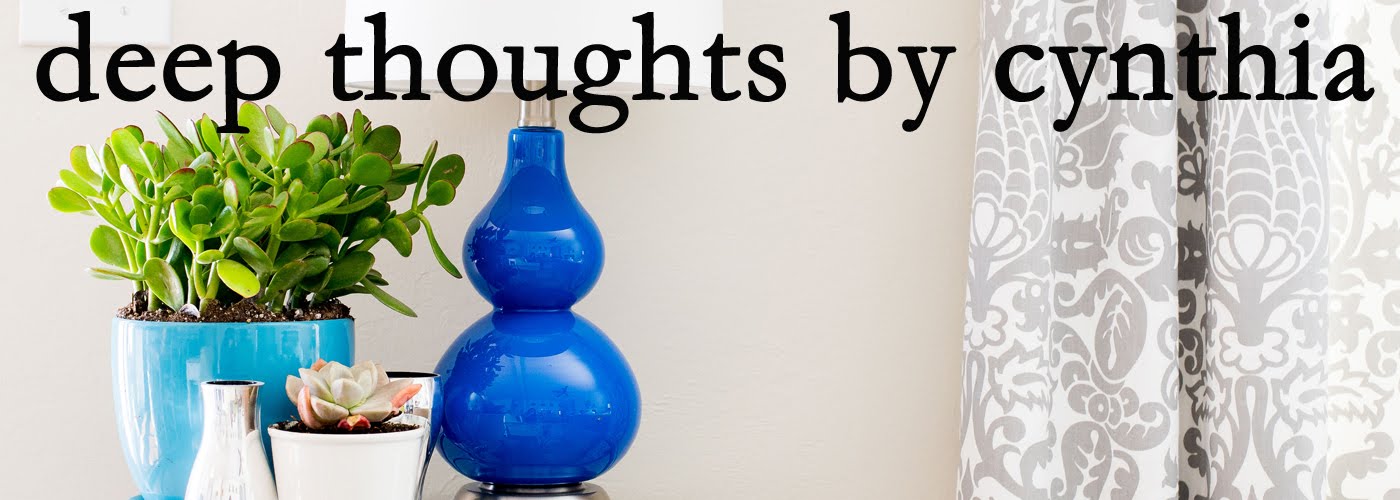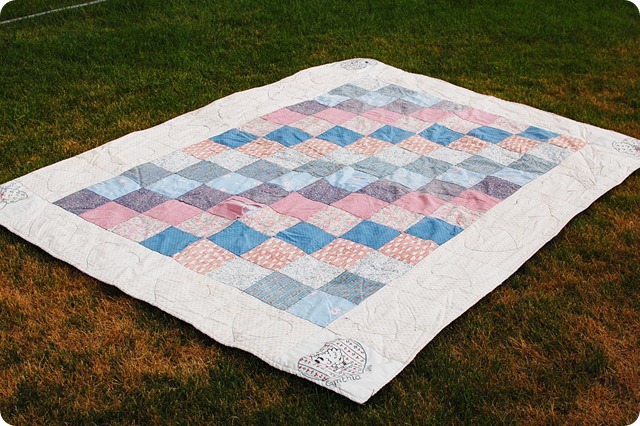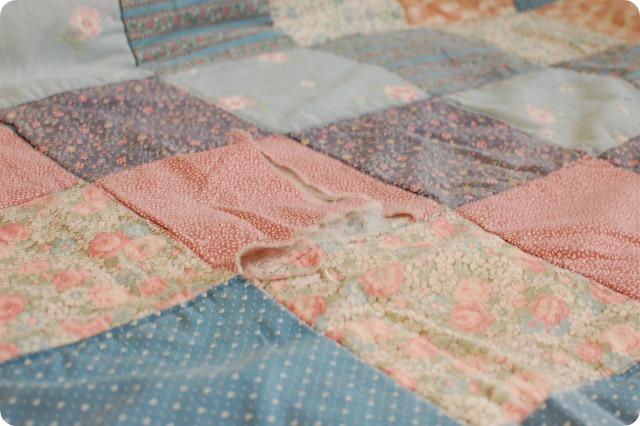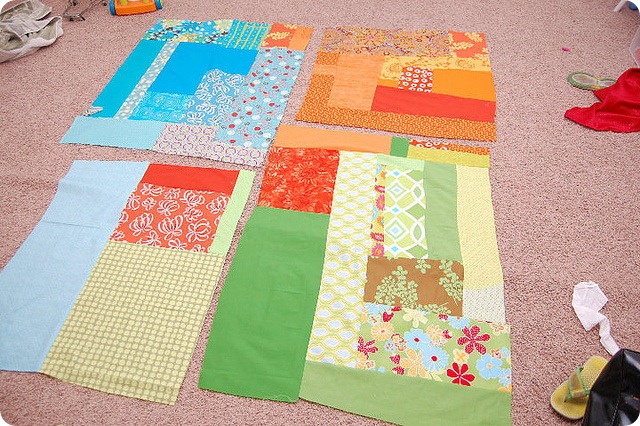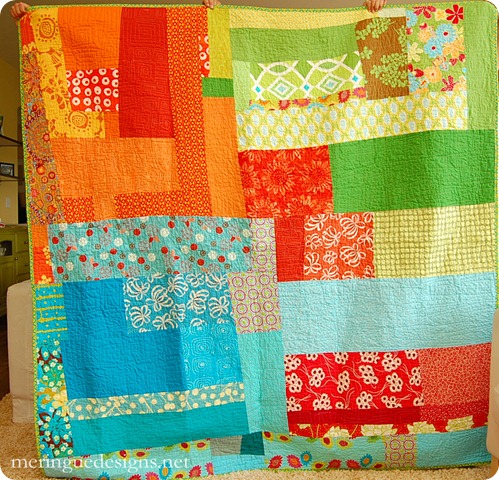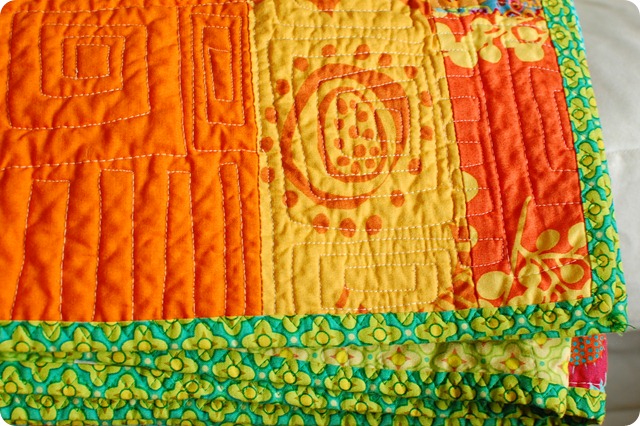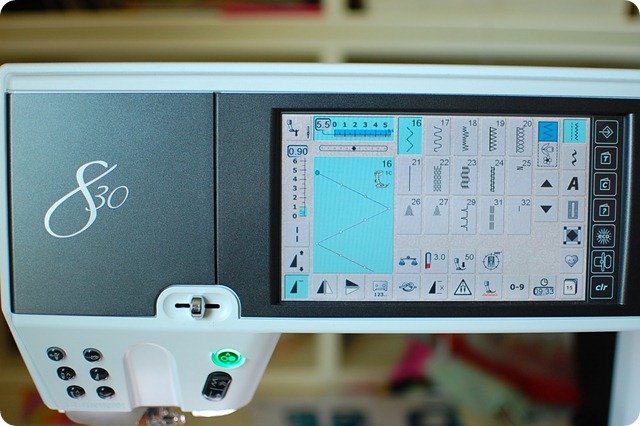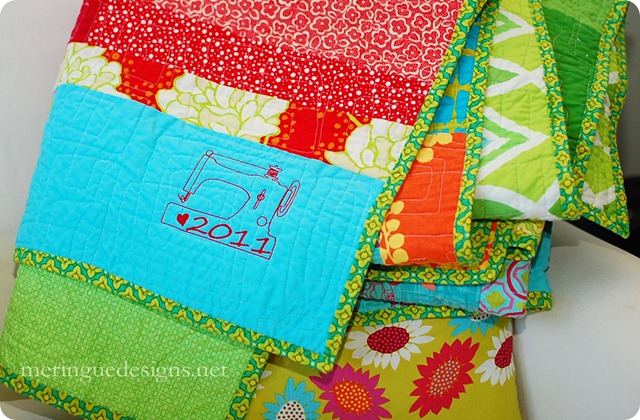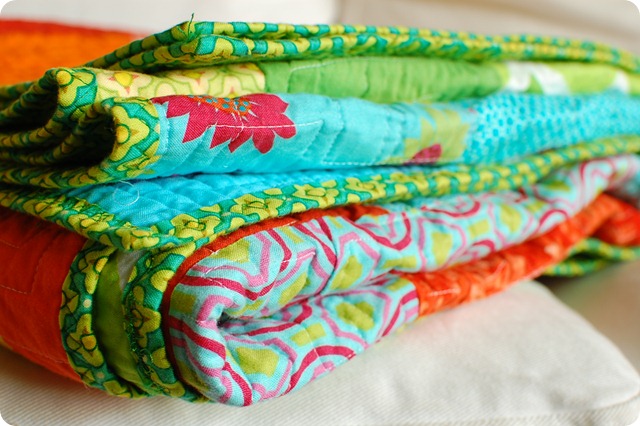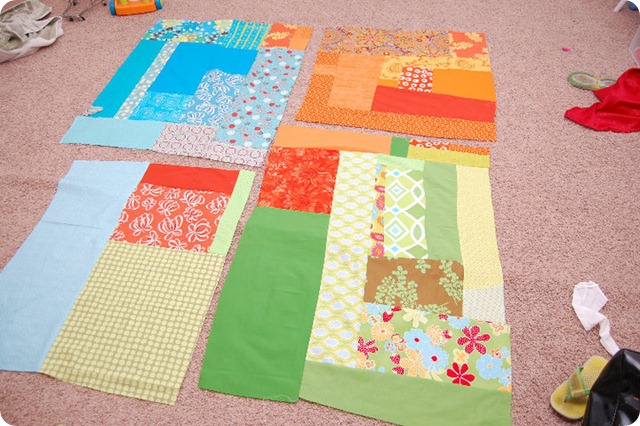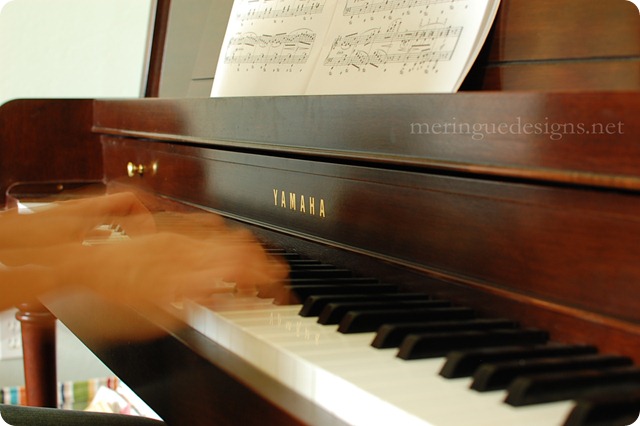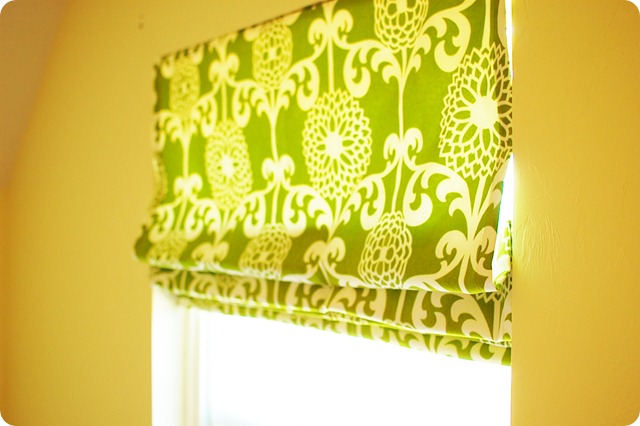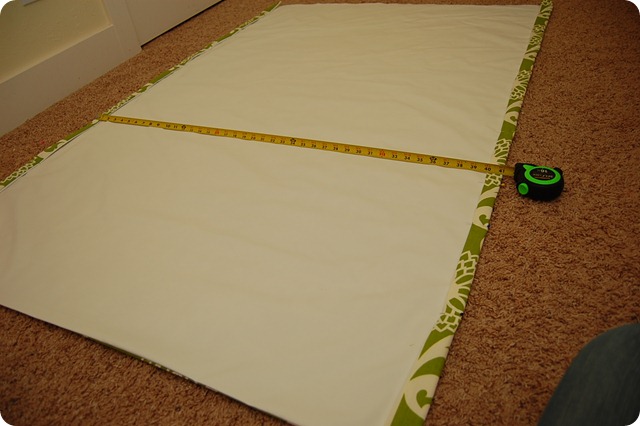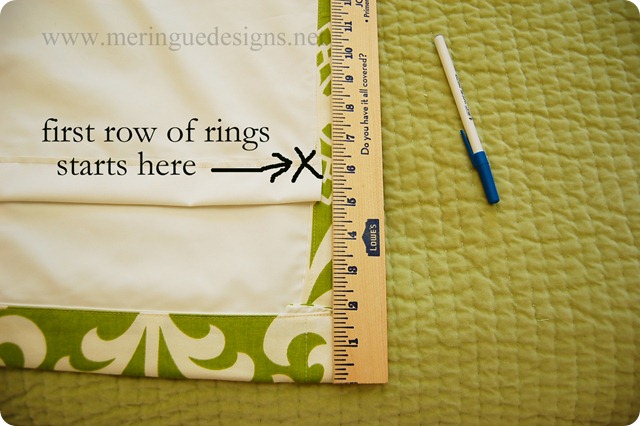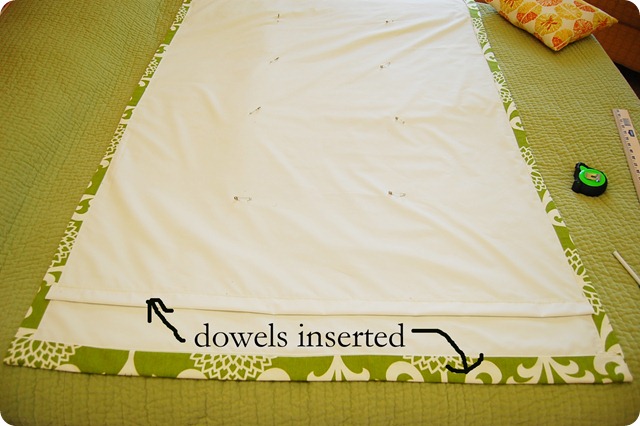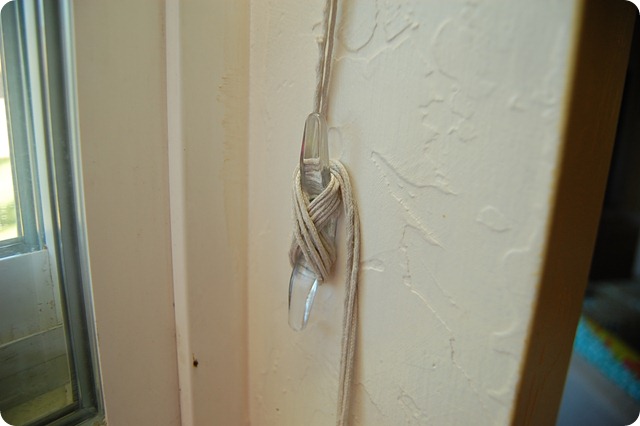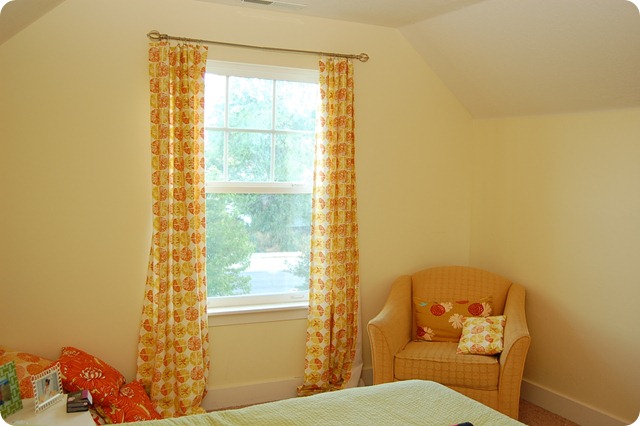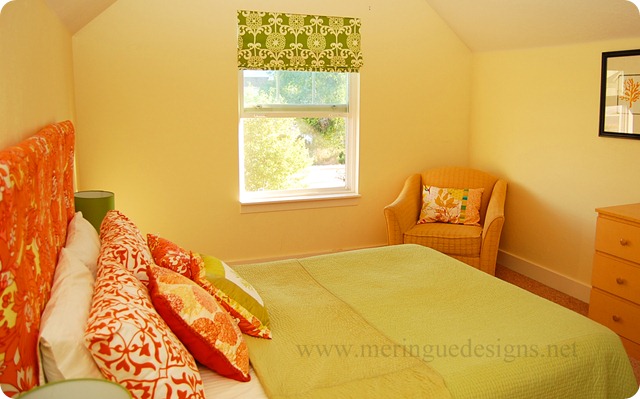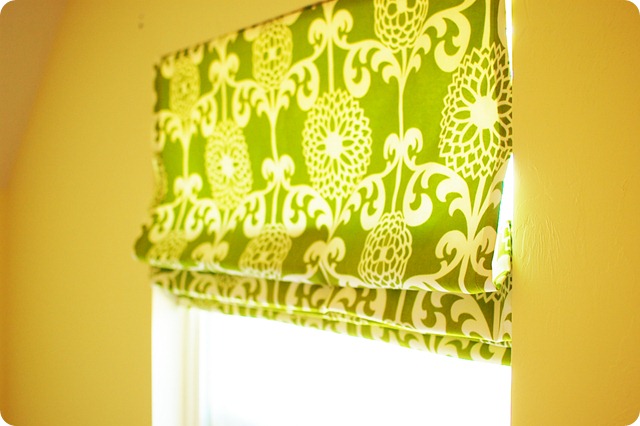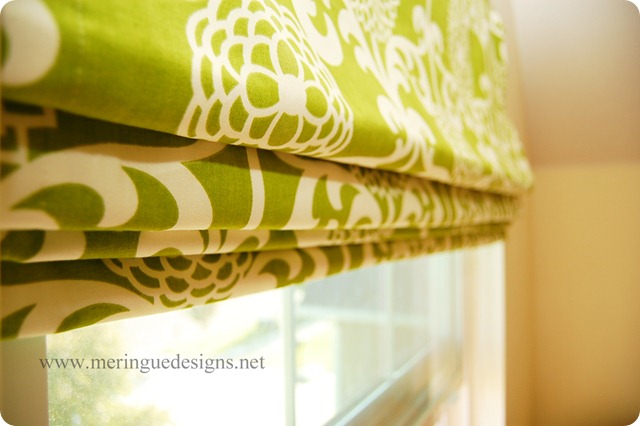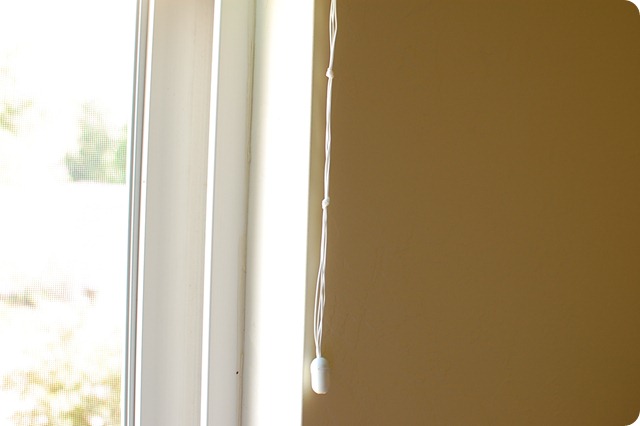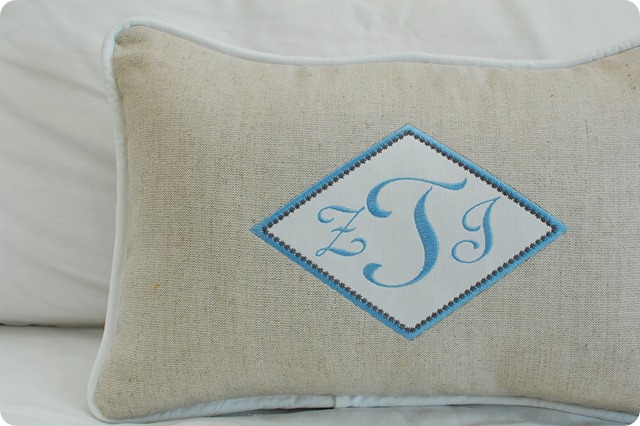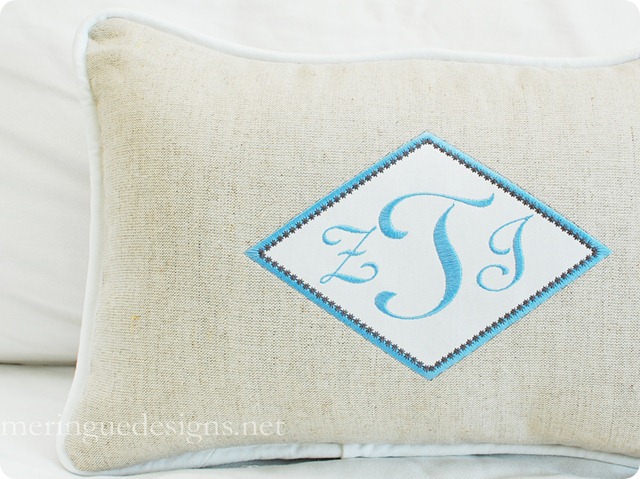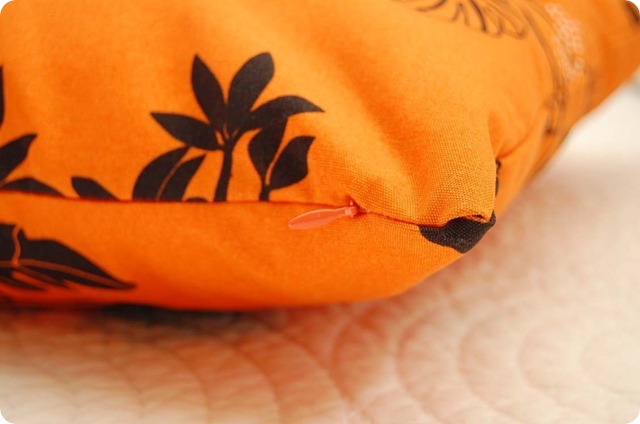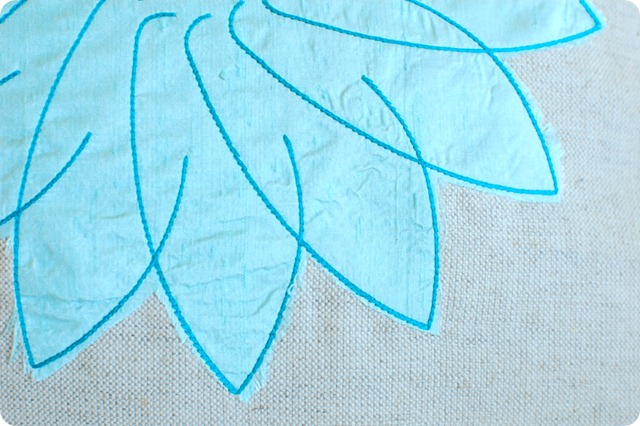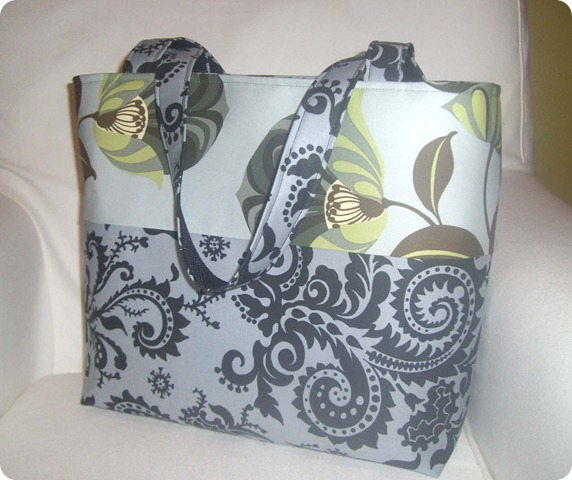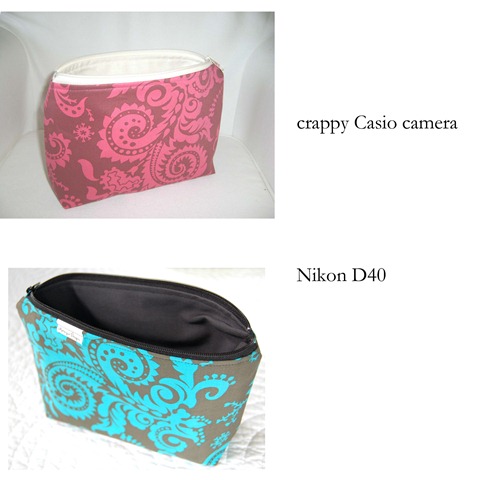I was 17 years old in 1991. That was year I made my first quilt. I knew nothing about quilting, but luckily I had a fabulous Young Women leader from church, Keike, who became much more to me than just a church leader. She and I just talked on the phone yesterday. Love having friends through the years….
Anyway, I needed to complete a ‘Personal Progress’ project to eventually complete my Young Woman Recognition award. That’s an award that is similar (although not really) to a boy earning his Eagle Scout. I wanted to make a quilt, and since projects then had to take more than 20 hours each, I knew making a quilt would be perfect. Being a teenager, I lacked commitment to finish this project, so in stepped Keike. (Bless you Keike!)
The summer before my senior year of high school I stayed with Keike’s family in Portland, Oregon. (Can you believe they moved away from California by choice? Crazy!) We made that quilt. And trust me, it was very stylish back then. Filled will soft blues, dusty rose, and plenty of references to farm animals. It was like, yea, so completely 1990s. (Repeat last sentence in Valley Girl.)
How cute is the bunny painted with simple acyrlic craft paint?
It is now literally falling apart. I’ve fixed so many of the seams, but this quilt has fulfilled it’s blanket destiny.
It’s time to retire it before it literally falls to more shreds.
Over the last twenty years, this quilt has been so loved. It was on my dorm-room bed in college for a few years. After that, it became our picnic quilt once we had a family. For years I have toted this quilt around in the trunk of my car to make happy babies and Mom comfy at the park. (I know, the nostalgia is dripping in this post!)
So fast forward from 1991 to 2011. After 20 years, it was time for a new quilt.
This is the back:
This is the binding—sewn on with a modfied zig-zag. Too lazy to hand sew binding like real quilters. Snoozer.
I love stitch 16 on the Bernina 830 for attaching bindings to pillows and quilts. Perfect for lazy quilters. That would be me.
Yup, my new picnic quilt is just a bunch of scrappies. No pattern was used because well….I just can’t be bothered with patterns. Time is not on my side these days and without anyone to help me make this quilt, I was left to my own devices.
I used a random funky-squares to free hand embroider. That dang quilting took so long. Thank goodness I used my BSR (Bernina Stitch Regulator) so that all my stitching lines are exactly 2.5mm. Love technology.
And this time the year was added with machine embroidery, not acrylic paints. That’s my antique sewing machine design. I just added the heart and year. Clever, huh?
I’ve decided I love quilts, but I don’t love quilting. Too much repetitive sewing for my taste. The above picture was take 9 months ago—that’s how long it took me to finish this ultra-simple and wacky quilt.
So here’s to another twenty years before I need another picnic quilt.
Check back in 2031.
